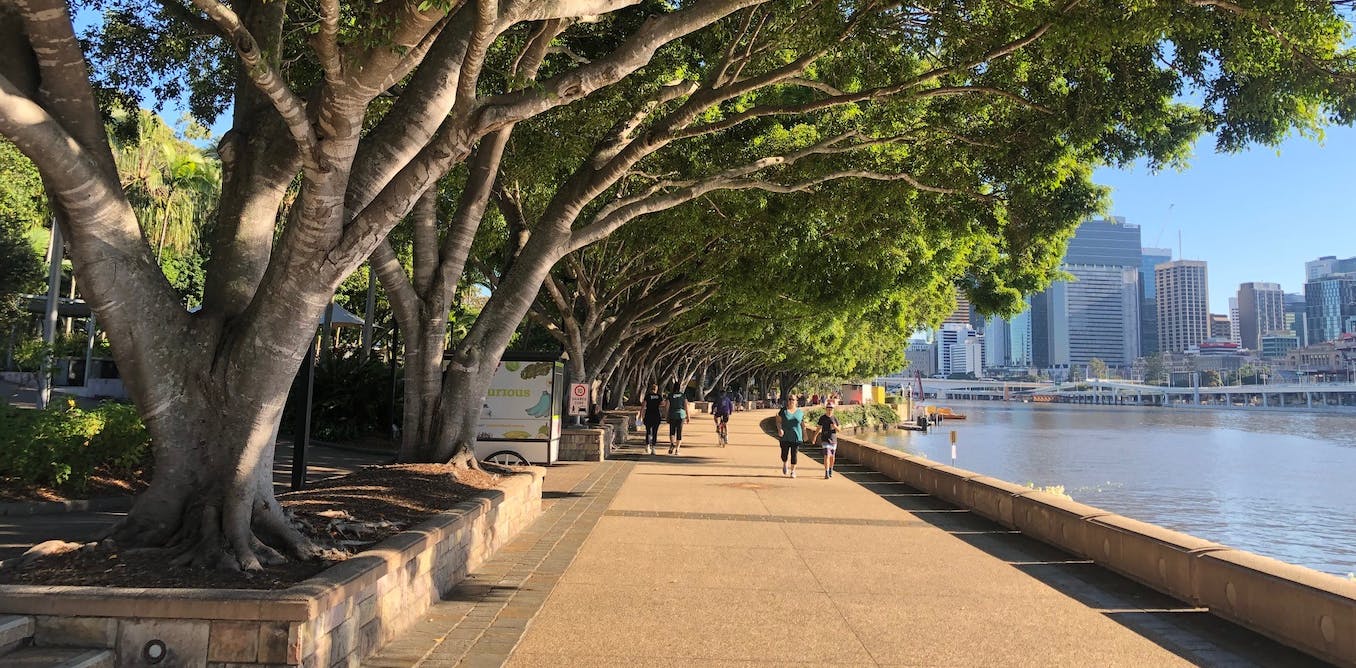cross-posted from: https://aussie.zone/post/708858
Our study published
todayin Nature Climate Change found climate change will put 90-100% of the trees and shrubs planted in Australian capital cities at risk by 2050.Without action, two-thirds of trees and shrubs in cities worldwide will be at potential risk from climate change.
How will the trees themselves cope with climate change as conditions shift beyond their natural tolerance limits for high temperatures or lack of water? Our team of scientists from Australia and France examined the impacts of temperature and rainfall changes projected for coming decades on 3,129 tree and shrub species planted in 164 cities across 78 countries.
About half of these urban tree and shrub species are already experiencing climate conditions beyond their natural tolerance limits.
By 2050, the proportion of urban tree species that might be at risk of projected temperature increases in Australian cities is very high.
Among the major cities with inventories of urban plantings, those with high percentages at risk include: Cairns 82%, Melbourne 93%, Perth 95%, Hobart 95%, Sydney 96%, Canberra 98% and Darwin 100%. Common native species, including manna gum, swamp gum, yellow box, narrow-leaved peppermint, blackwood and brush box, and well-loved introduced species, such as jacaranda, oaks, elms, poplars and silver birch, are among the trees that could be at risk in Australia.
Increasing the number of trees and shrubs in our cities, collectively called urban forests, is a key climate change adaptation and liveability strategy being used around the world.


